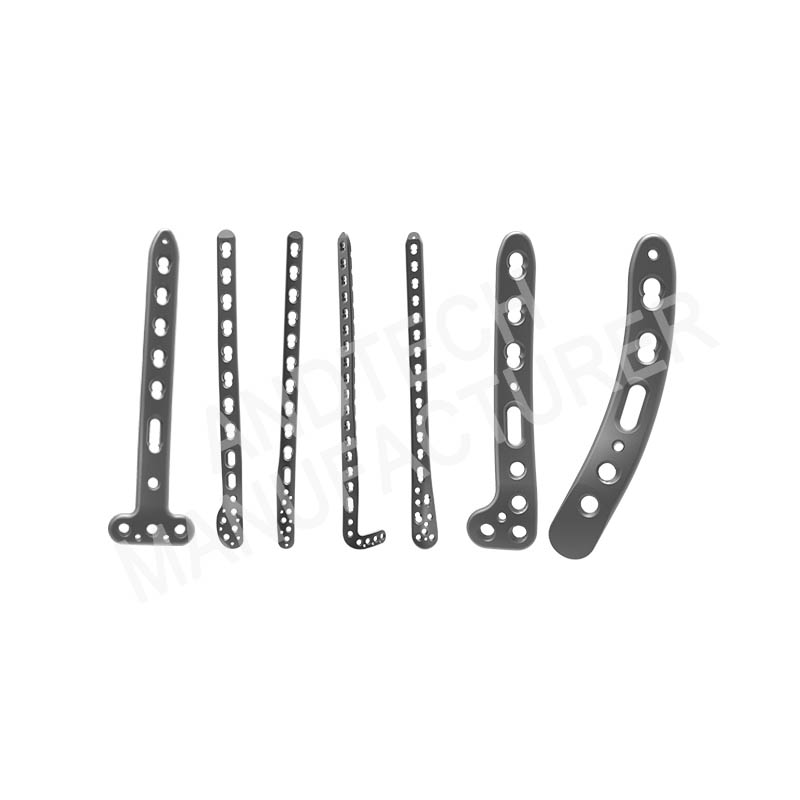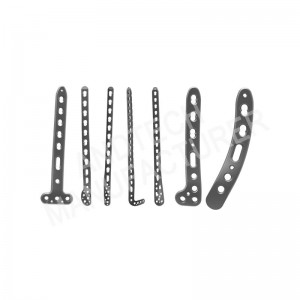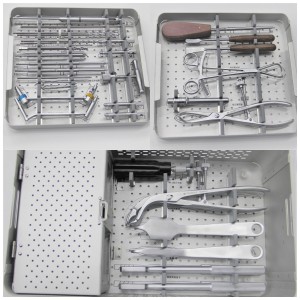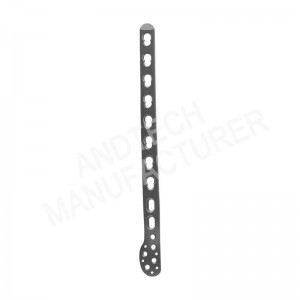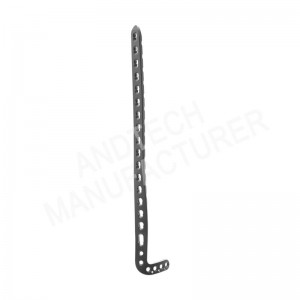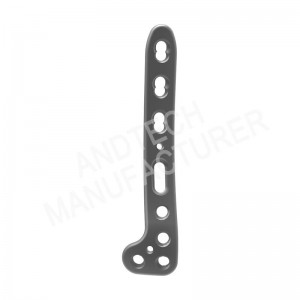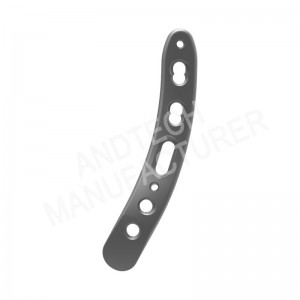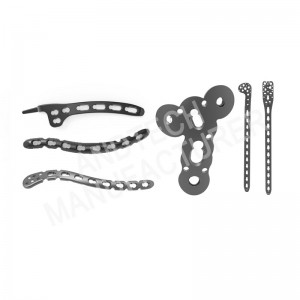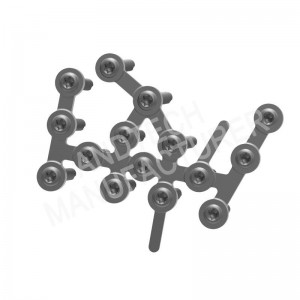Distal Tibia And Fibula Femur Locking Plates System
The AND Locking Plate System provides a complete solution for a wide range of fractures with a full range of plate types and the use of both plain and locking screws, demonstrating the compatibility of the system. The locking plate system includes straight and profiled plates, both of which can be used with traditional cortical screws, cancellous screws and locking screw techniques. The Locking Plate System can be used as a temporary internal fixation material to provide stable fixation for fractures and osteotomies, including.
● Comminuted fractures
● Heel fractures
● Extra-articular fractures
● Osteoporotic fractures
● Osseointegrated fractures
● Deformity healing
Distal Tibia Posterior Locking Plate II
Code:251727
Screw Size:
HC2.4/2.7, HA2.5/2.7
● Excellent anatomic pre-shaped design, left and right side plate can fit the bone surface well -Distal low-profile design can reduce the irritation to the soft tissue.
● Distal designed locking screw can avoid irritation to the anterior tendon and soft tissue.
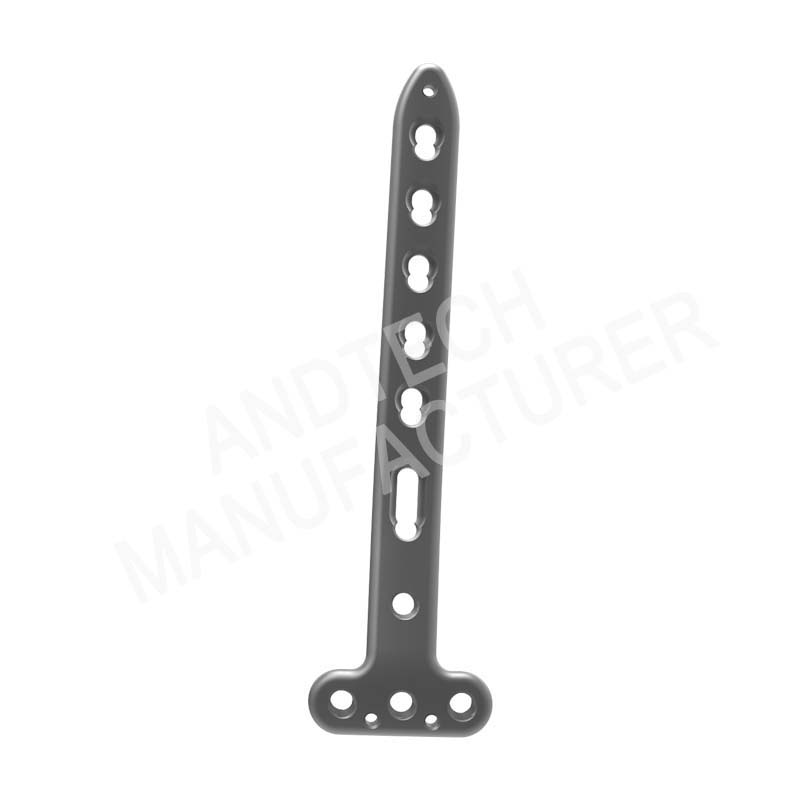
distal fibula lateral locking plate II
Code: 251730
Screw Size:
Head: HC 2.4/2.7
Body: HC3.5, HA 3.5, HB4.0
● Excellent anatomic pre-shaped design, no need to bend in operation.
● Distal low-profile design can reduce the irritation to the soft tissue.
● The distal 5pcs small diameter screws with angular design is excellent fixation for complex comminuted fracture.
● The distal normal hole with angle design is convenient for syndesmosis screw insertion.
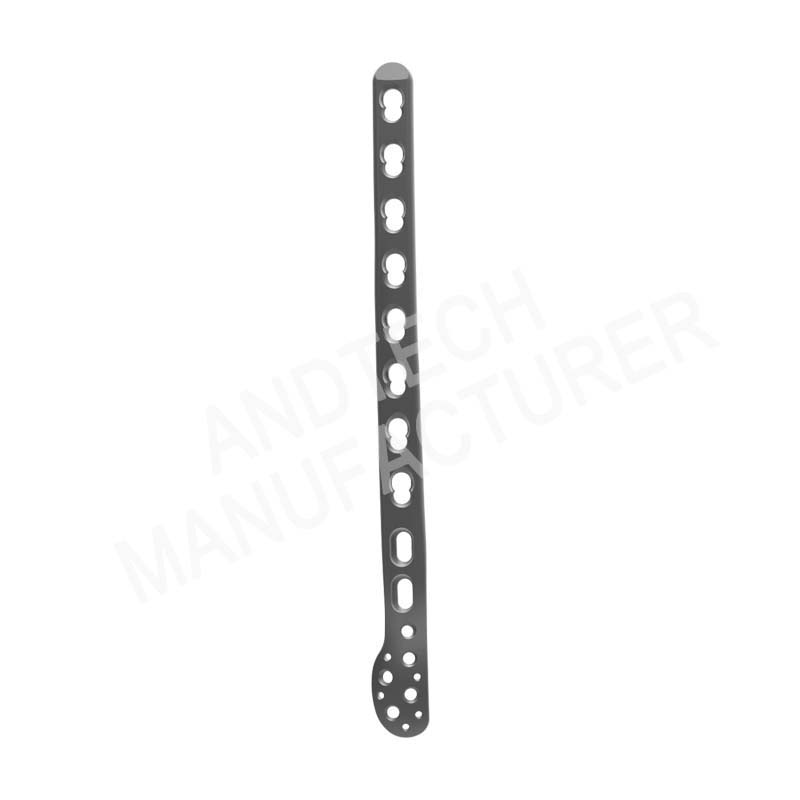
distal fibula posterior lateral locking plate
Code: 251731
Screw Size:
Head: HC2.4/2.7
Body: HC3.5, HA3.5, HB4.0
● Excellent anatomic pre-shaped design,no need to bend in operation.
● Distal low-profile design can reduce the irritation to the soft tissue.
● The distal 6pcs small diameter screw with angular design is excellent fixation for complex comminuted fracture.
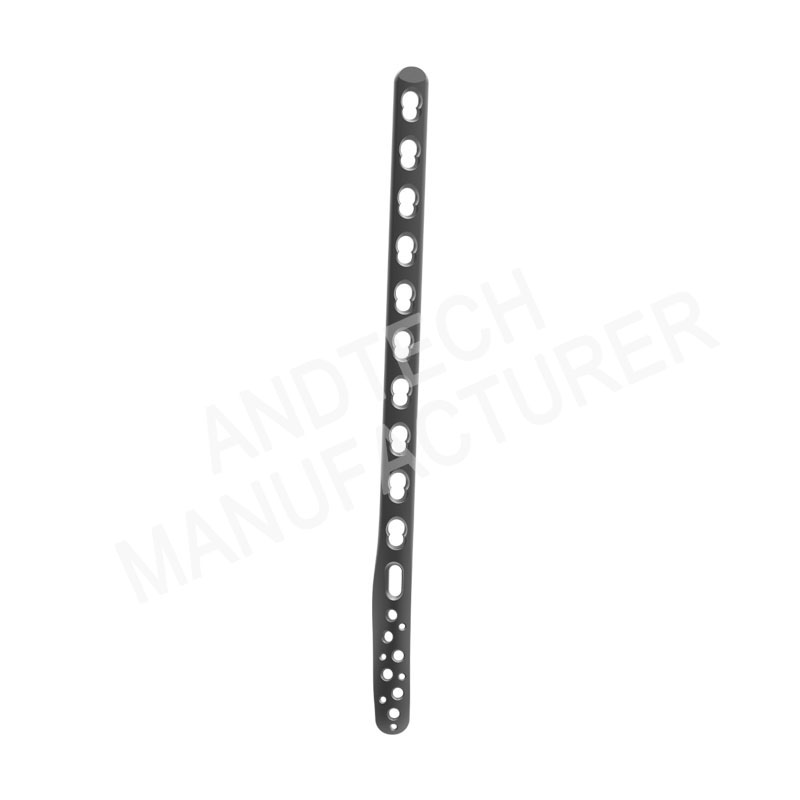
distal tibia lateral locking plate I
Code: 251726
Screw Size:
HC3.5, HA3.5, HB4.0
● Suitable for distal tibia pilon fracture.
● L shape, it can fit the distal tibial end from proximal lateral to distal anterior part.
● The head with 4pcs screw parallel design can support the keep the joint surface reduction.
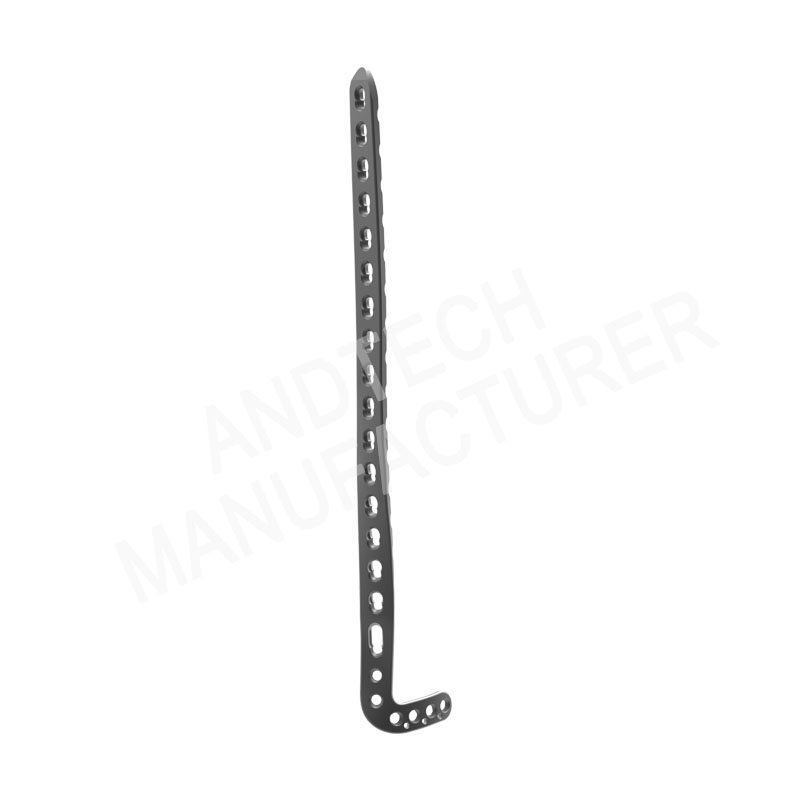
distal tibia medial locking plate IV
Code:251725
Screw Size:
HC3.5, HA3.5, HB4.0
● Excellent anatomic pre-shaped design.
● The head with round blunt and low-profile design can reduce the irritation to the soft tissue.
● The distal 6pcs locking hole and 2combined hole can support the joint surface well and also provide compression and reduction function for the fracture.
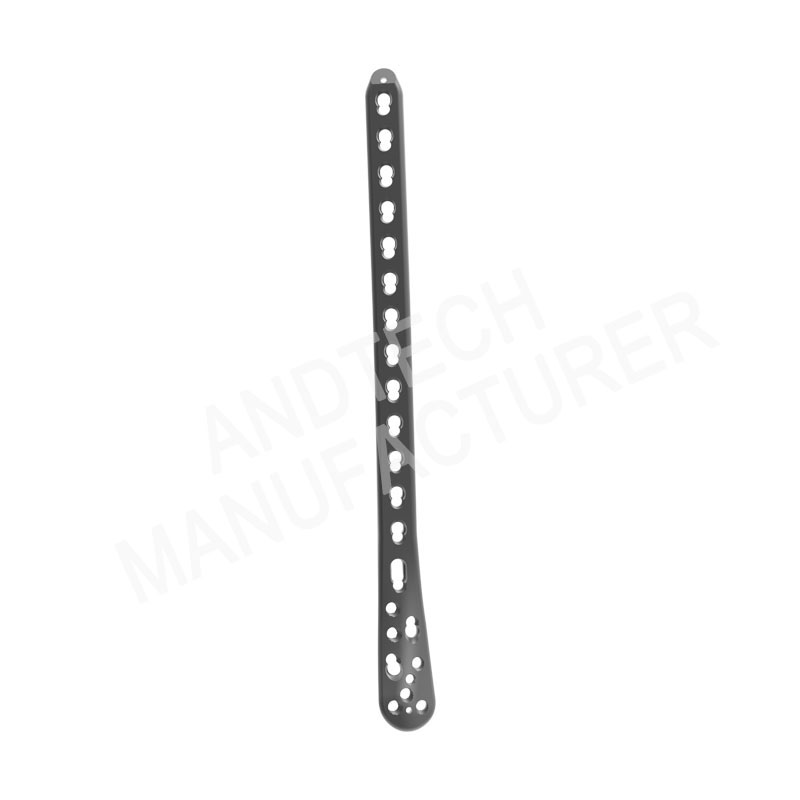
Distal Tibia Posterior Lateral Locking Plate
Code: 251728
Screw Size:
HC 2.4/2.7, HA2.5/2.7
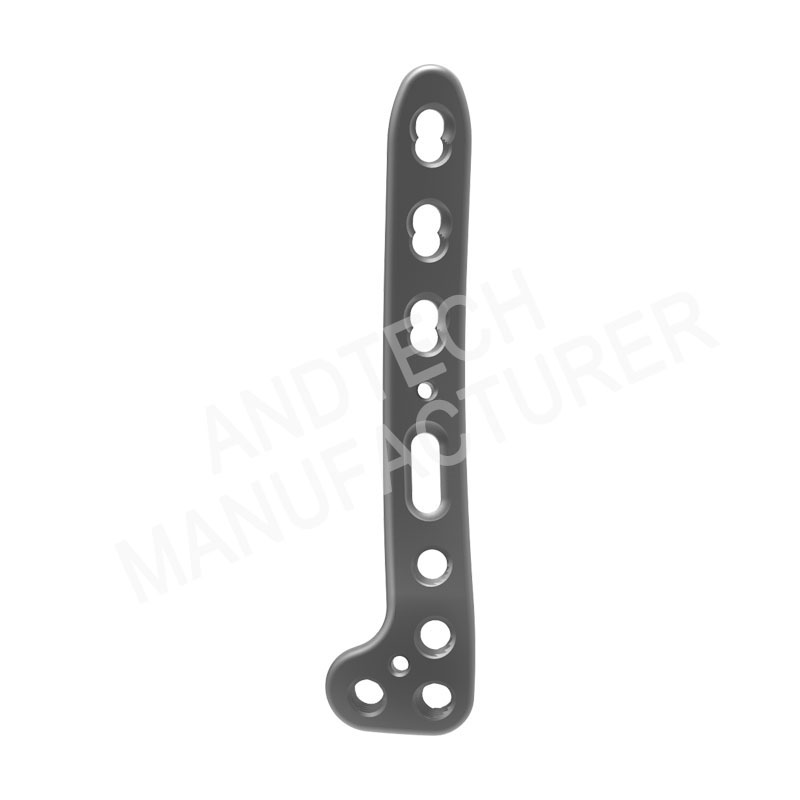
Distal Tibia Posterior Medial Locking Plate
Code: 251729
Screw Size:
HC2.4/2.7, HA2.5/2.7
● Double bone plate design is suitable for posterior ankle and Pilon fracture.
● Excellent anatomic pre-shaped design,no need to bend in operation.
● Sheet steel, low profile can reduce the irritation to the soft tissue -Double plate with angular placement provide reliable fixation.
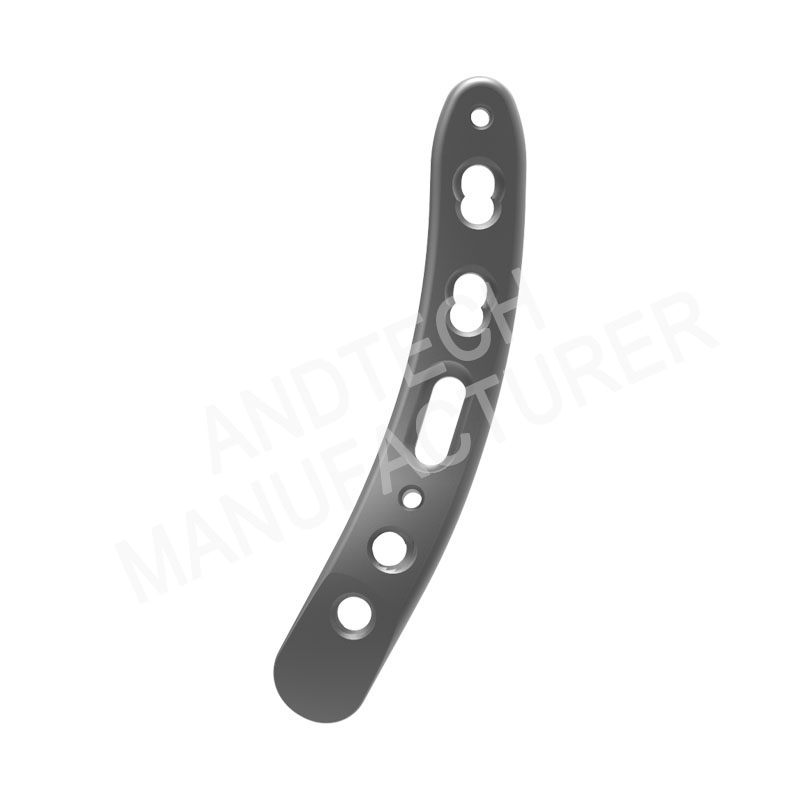
Medical Tips
The composition of the ankle joint
The ankle joint is composed of the articular surfaces of the lower ends of the tibia and fibula and the talus pulley, so it is also called the talus calf joint.
Fracture of the ankle joint
Ankle fractures, including internal malleolus, lateral malleolus and posterior malleolus fractures or bone fractures of varying degrees at the same time, are due to the internal and lateral malleolus undergoing greater violence. At the same time as double ankle fractures, the talus directly impacts backward or impacts the tibia when the external rotation shifts. Fracture of the posterior malleolus due to the posterior edge.
A pilon fracture refers to a fracture of the distal tibia involving the articular surface of the tibia and talar, usually refers to the distal third of the tibia, and a fracture affecting the articular surface of the tibia and talar. Compression of the end cancellous bone graft is often associated with fractures of the lower ends of the leg bones and severe soft tissue contusions.
When the foot is dorsiflexed, the wider front part enters the socket and the joint is stable; but in plantar flexion, such as when going downhill, the narrower back part of the pulley enters the socket, and the ankle joint becomes loose and can move sideways. The ankle joint is prone to sprains, and varus injuries are the most common, because the lateral malleolus is longer and lower than the medial malleolus, which can prevent excessive eversion of the talus.






